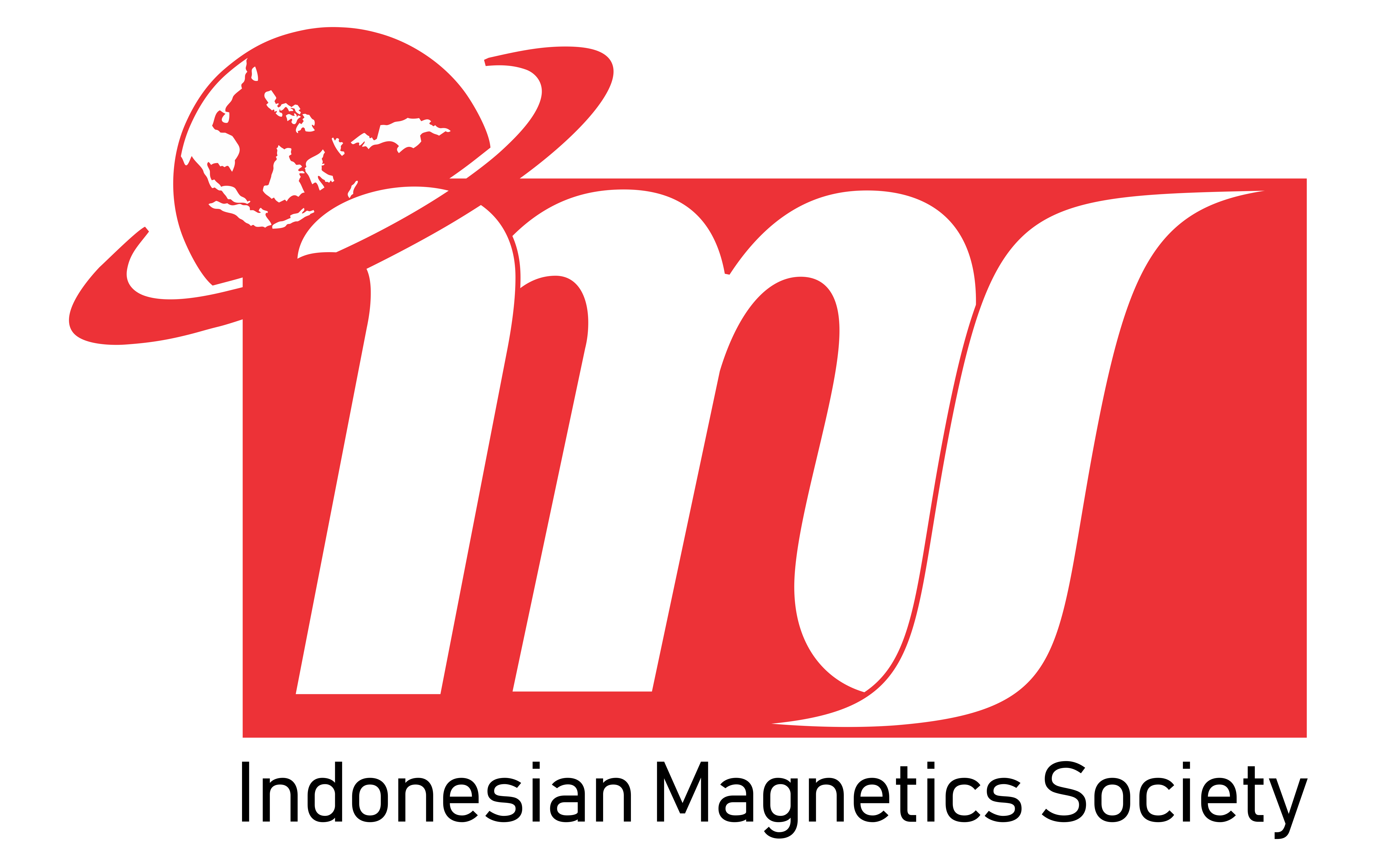The effect of type of sound damper material in the Helmholtz resonator to the output power spectrum of acoustic energy Harvester
Abstract
Keywords
Full Text:
PDFReferences
R. A. Dimastya, “Pembuatan dan Pengujian Alat Pemanen Energi Akustik (Acoustic Energy Harvester) Menggunakan Loudspeaker dan Resonator Helmholtz Sebagai Sumber Energi Alternatif,” Skripsi, Fakultas Matematika dan Pengetahuan Alam, Universitas Gadjah Mada, 2018.
L. H. Fang, S. I. S. Hassan, R. B. A. Rahim, and J. M. Nordin, “A Review of Techniques Design Acoustic Energy Harvesting,” IEEE SCOReD, pp. 37-42, 2015.
E. Gourdon, M. E. Mankibi, R. Issoglio, P. Stabat, D. Marchio, and C. F. Dordelly, “Silencer Design for Awning Windows: Modified Helmholtz Resonators with Perforated Foam,” Build. Simul., vol. 10, no. 5, pp. 677-685, 2017.
H. F. Hassan, S. I. S. Hassan, and R. A. Rahim, “Acoustic Energy Harvesting Using Piezoelectric Generator for Low Frequency Sound Waves Energy Conversion,” Intern. J. Eng. Tech, vol. 5, no. 6, pp. 4702-4707, 2014.
F. U. Khan and Izhar, “An Improved Design of Helmholtz Resonator for Acoustic Energy Harvesting Devices,” IEEE, pp. 238-288, 2016.
F. U. Khan and Izhar, “Three Degree of Freedom Acoustic Energy Harvester Using Improved Helmholtz Resonator,” Intern. J. Prec. Eng. Manufact., vol. 19, no. 1, pp. 143-154, 2018.
S. Noh, H. Lee, and B. Choi, “A Study on the Acoustic Energy Harvesting with Helmholtz Resonator and Piezoelectric Cantilevers,” Intern. J. Prec. Eng. Manufact., vol. 14, no. 9, pp. 1629-1635, 2013.
M. A. Pillai and E. Deenadayalan, “A Review of Acoustic Energy Harvesting,” Intern. J. Prec. Eng. Manufact., vol. 15, no. 5, pp. 949-965, 2014.
A. Selamet, M. B. Xu, I. J. Lee, and N. T. Huff, “Helmholtz Resonator Lined with Absorbing Material,” J. Acoust. Soc. Am., vol. 117, no. 2, pp. 725-733, 2005.
I. Setiawan, “Studi Eksperimental Penggunaan Loudspeaker Sebagai Pengkonversi Energi Bunyi Menjadi Listrik Dalam Alat Pemanen Energi Akustik (Acoustic Energy Harvester),” Jurnal Teknologi, vol. 11, no. 1, pp. 9-16, 2019.
C. H. Sohn and J. H. Park, “A comparative study on acoustic damping induced by half-wave, quarter-wave, and Helmholtz resonators,” J. Aerosp. Sci. Tech., vol. 15, no. 8, pp. 606-614, 2011.
S. Tang, “On Helmholtz Resonators with Tapered Necks,” J. Sound Vib., vol. 279, no. 3-5, pp. 1085-1096, 2005.
Refbacks
- There are currently no refbacks.







